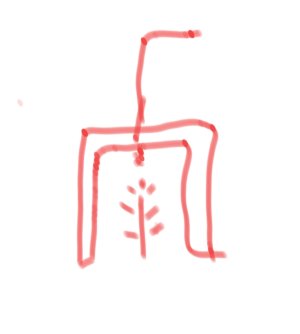roymunson
5 year old buck +
I planted 2300 trees last spring with a tree planter. 2/3 were red cedars, the others were a mix of oaks, bald cypress in the wet spots, and several other hardwoods.
I'd like to spray them and give them a chance to get some sunlight and take off this year. OUST XP is a good product, and it shouldn't hurt the trees if I spray around them, but has anyone used them with a boom sprayer? The trees are still small enough that I can get in around and over them with a tractor. They would be significantly easier to maintain if I can just use the boom sprayer, but my tree guy said he always sprays around them, not over them.
Anyone have experience with OUST XP and a boom sprayer?
I could drive the rows with a wand and spray, but I think I'd get better coverage and a more effective grass kill if I can use the boom.
I'd like to spray them and give them a chance to get some sunlight and take off this year. OUST XP is a good product, and it shouldn't hurt the trees if I spray around them, but has anyone used them with a boom sprayer? The trees are still small enough that I can get in around and over them with a tractor. They would be significantly easier to maintain if I can just use the boom sprayer, but my tree guy said he always sprays around them, not over them.
Anyone have experience with OUST XP and a boom sprayer?
I could drive the rows with a wand and spray, but I think I'd get better coverage and a more effective grass kill if I can use the boom.

